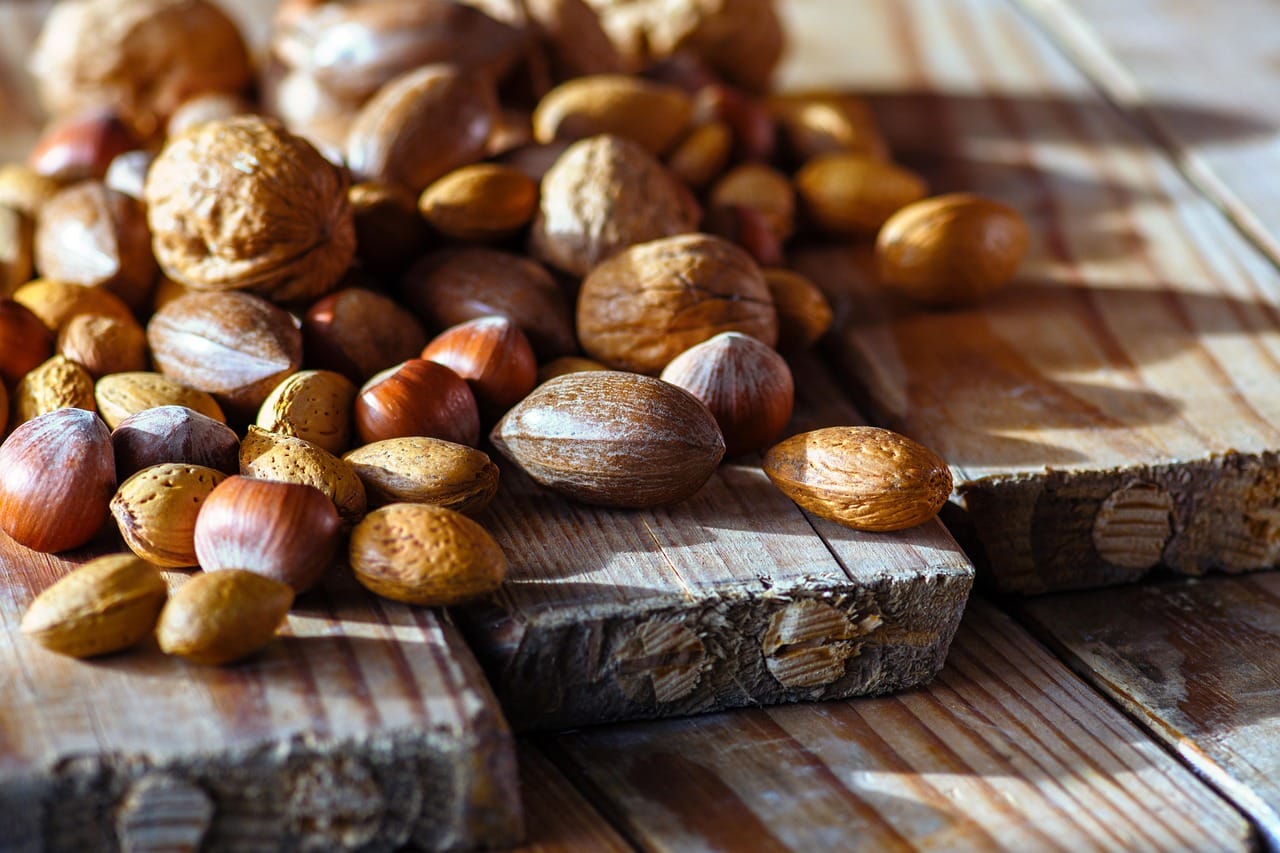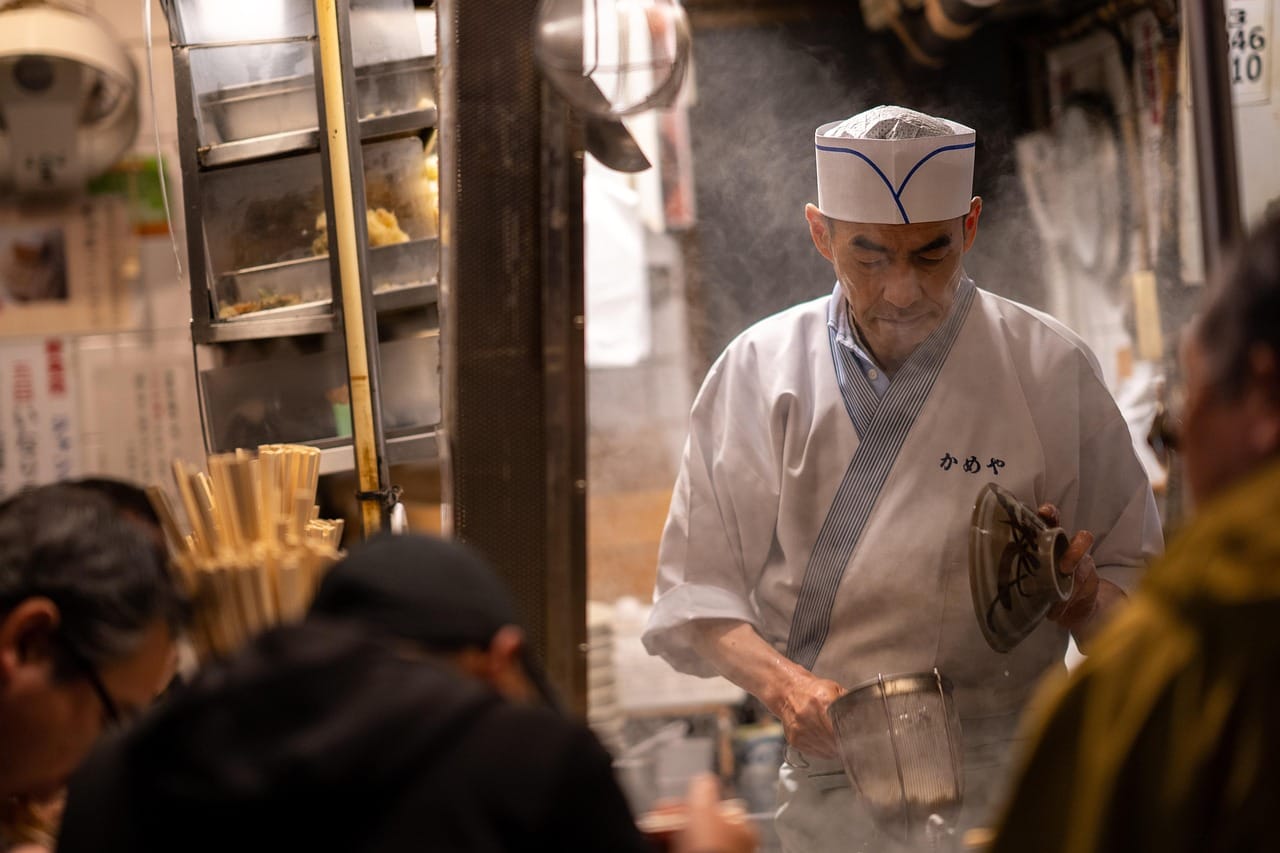Fuel your body with vibrant colors, nourishing ingredients, and incredible flavors all in one bowl – the Vegan Buddha Bowl. A customizable, plant-based masterpiece that’s as good for your soul as it is for your body. Forget restrictive diets; this bowl is about embracing wholesome goodness and creating a meal that’s uniquely yours. Get ready to embark on a culinary adventure that celebrates the power of plants and leaves you feeling energized and satisfied!
What is a Vegan Buddha Bowl?
Defining the Buddha Bowl
A Buddha bowl, at its core, is a balanced and visually appealing dish typically served in a single bowl. It usually contains grains, roasted or raw vegetables, a protein source, and a flavorful sauce or dressing. The term “Buddha bowl” is thought to refer to the bowl’s full and rounded appearance, resembling a Buddha’s belly, symbolizing fullness and contentment. The vegan version simply excludes all animal products, relying entirely on plant-based ingredients.
Why Choose a Vegan Buddha Bowl?
- Nutrient-Rich: Packed with vitamins, minerals, and antioxidants from a variety of plant-based sources.
- Customizable: Adaptable to your preferences and dietary needs. Swap ingredients based on what you have on hand or what you’re craving.
- Balanced Nutrition: Provides a healthy balance of carbohydrates, protein, and healthy fats.
- Convenient: Easy to prepare and perfect for meal prepping.
- Environmentally Friendly: Supports sustainable eating habits by reducing reliance on animal agriculture.
- Delicious!: The combination of textures and flavors makes for a truly satisfying and enjoyable meal.
Building Your Perfect Vegan Buddha Bowl: The Components
Grains: The Foundation
Grains provide complex carbohydrates for sustained energy. Choose from a variety of options to add different textures and flavors to your bowl.
- Quinoa: A complete protein, meaning it contains all nine essential amino acids. It’s also gluten-free and cooks quickly.
- Brown Rice: A good source of fiber and manganese. Opt for long-grain or short-grain depending on your preference.
- Farro: An ancient grain with a nutty flavor and chewy texture. Rich in fiber and iron.
- Couscous: Made from semolina, couscous is quick to cook and readily absorbs flavors. Choose whole-wheat couscous for added fiber.
- Practical Example: Cook quinoa according to package directions. For extra flavor, use vegetable broth instead of water.
Vegetables: The Color and Crunch
This is where you load up on vitamins, minerals, and antioxidants. Incorporate a mix of colors and textures for a visually appealing and nutritionally diverse bowl.
- Leafy Greens: Spinach, kale, arugula, romaine lettuce. These provide a base of vitamins and minerals. Massaging kale with a little lemon juice can help tenderize it.
- Roasted Vegetables: Sweet potatoes, broccoli, Brussels sprouts, carrots. Roasting vegetables brings out their natural sweetness and adds a depth of flavor. Toss with olive oil, herbs, and spices before roasting.
- Raw Vegetables: Cucumbers, bell peppers, tomatoes, radishes. Add a fresh, crunchy element to your bowl.
- Pickled Vegetables: Kimchi, sauerkraut, pickled onions. These add a tangy and probiotic-rich element.
- Practical Example: Roast sweet potatoes and broccoli florets with olive oil, garlic powder, and paprika at 400°F (200°C) for 20-25 minutes, or until tender.
Protein: The Sustaining Power
Protein is essential for building and repairing tissues, as well as keeping you feeling full and satisfied.
- Tofu: A versatile protein source that can be baked, pan-fried, or crumbled. Pressing tofu before cooking removes excess water and improves its texture.
- Tempeh: Made from fermented soybeans, tempeh has a nutty flavor and firm texture. Marinate tempeh before cooking to enhance its flavor.
- Lentils: A great source of protein and fiber. Cooked lentils can be added directly to the bowl or used as a base.
- Chickpeas: Another excellent source of protein and fiber. Roast chickpeas for a crispy snack or add them directly to the bowl.
- Edamame: Steamed or roasted edamame provides a boost of protein and fiber.
- Practical Example: Marinate tofu in a mixture of soy sauce, maple syrup, ginger, and garlic for at least 30 minutes. Then, pan-fry or bake until golden brown.
Sauces and Dressings: The Flavor Amplifier
A flavorful sauce or dressing is essential for tying all the components of your Buddha bowl together.
- Tahini Dressing: A creamy and nutty dressing made from tahini (sesame seed paste), lemon juice, garlic, and water.
- Peanut Sauce: A rich and flavorful sauce made from peanut butter, soy sauce, maple syrup, rice vinegar, and ginger.
- Avocado Crema: A creamy and refreshing sauce made from avocado, lime juice, cilantro, and water.
- Lemon Vinaigrette: A simple and bright dressing made from lemon juice, olive oil, Dijon mustard, and herbs.
- Practical Example: To make a quick tahini dressing, whisk together 2 tablespoons tahini, 2 tablespoons lemon juice, 1 clove minced garlic, and 2-4 tablespoons water until smooth and creamy. Season with salt and pepper to taste.
Tips for Making the Best Vegan Buddha Bowl
Prep Ahead for Efficiency
- Cook grains in advance: Store cooked grains in the refrigerator for up to 4 days.
- Roast vegetables in batches: Roast a large batch of vegetables at the beginning of the week and use them in different bowls throughout the week.
- Make dressings ahead of time: Store dressings in airtight containers in the refrigerator for up to 5 days.
Seasoning is Key
Don’t be afraid to experiment with different herbs, spices, and seasonings. Taste as you go and adjust accordingly.
Presentation Matters
Arrange the components of your Buddha bowl in a visually appealing way. This will make it even more enjoyable to eat.
Add Toppings for Extra Texture and Flavor
- Seeds and nuts: Sunflower seeds, pumpkin seeds, sesame seeds, almonds, cashews.
- Fresh herbs: Cilantro, parsley, mint, basil.
- Avocado: Sliced or diced avocado adds healthy fats and a creamy texture.
- Sprouts: Add a fresh and crunchy element.
Conclusion
The Vegan Buddha Bowl is more than just a meal; it’s a celebration of plant-based eating. Its versatility and adaptability make it a perfect choice for anyone looking to incorporate more healthy and delicious meals into their diet. By following these guidelines and experimenting with different ingredients, you can create a Buddha bowl that is uniquely yours and nourishes your body from the inside out. So grab a bowl, get creative, and enjoy the journey to a healthier and more flavorful you!




